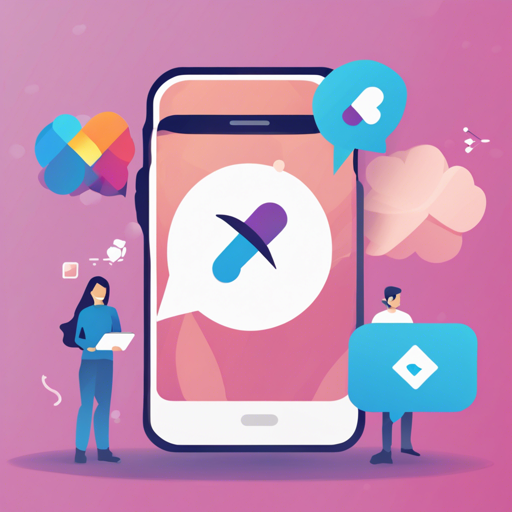Are you looking to enhance your Flutter app’s debugging capabilities? Meet UME, an in-app debug kits platform tailored for Flutter applications. In this guide, we’ll walk you through the steps to get UME up and running smoothly. Whether you’re a seasoned developer or just getting started, this user-friendly guide will simplify the process for you!
Step-by-Step Installation
1. Add Dependencies
The first step is to modify your pubspec.yaml file to include the necessary dependencies. Here’s how it goes:
dev_dependencies:
flutter_ume: ^1.0.1
flutter_ume_kit_ui: ^1.0.0
flutter_ume_kit_device: ^1.0.0
flutter_ume_kit_perf: ^1.0.0
flutter_ume_kit_show_code: ^1.0.0
flutter_ume_kit_console: ^1.0.0
flutter_ume_kit_dio: ^1.0.0
2. Run flutter pub get
Once you’ve added the dependencies, run the command flutter pub get in your terminal to fetch the packages.
3. Import Necessary Packages
You need to import the required packages into your Dart code:
import 'package:flutter_ume/flutter_ume.dart';
import 'package:flutter_ume_kit_ui/flutter_ume_kit_ui.dart';
import 'package:flutter_ume_kit_perf/flutter_ume_kit_perf.dart';
import 'package:flutter_ume_kit_show_code/flutter_ume_kit_show_code.dart';
import 'package:flutter_ume_kit_device/flutter_ume_kit_device.dart';
import 'package:flutter_ume_kit_console/flutter_ume_kit_console.dart';
import 'package:flutter_ume_kit_dio/flutter_ume_kit_dio.dart';
4. Modify the Main Function
In your app’s main function, register the plugin kits like this:
void main() {
if (kDebugMode) {
PluginManager.instance
..register(WidgetInfoInspector())
..register(WidgetDetailInspector())
..register(ColorSucker())
..register(AlignRuler())
..register(ColorPicker())
..register(TouchIndicator())
// Add more as necessary
..register(Performance())
..register(ShowCode())
..register(MemoryInfoPage())
..register(CpuInfoPage())
..register(DeviceInfoPanel())
..register(Console())
..register(DioInspector(dio: dio)); // Pass your Dio instance
runApp(UMEWidget(child: MyApp(), enable: true));
} else {
runApp(MyApp());
}
}
5. Launch the Application
Use the command flutter run to start your application. If you want to build the APK, you can do so with flutter build apk --debug.
Understanding UME Plugins
Think of each UME plugin as a specialized tool in a toolbox. Each tool serves a different purpose:
- UI Kits: These plugins help you inspect and manipulate UI components.
- Performance Kits: Monitor app performance metrics like memory usage and CPU load.
- Device Info Kits: Get detailed information about device characteristics.
- Show Code: Display your app’s code snippets alongside various components.
- Console: A robust tool for debugging output, akin to a master control panel.
- Dio Inspector: A specialized inspector for network calls made through Dio.
Troubleshooting and Recommendations
Even though UME is designed to streamline your development process, you might run into challenges. Here are some common troubleshooting tips:
- If you encounter issues with the app crashing, check your Dart and Flutter versions for compatibility.
- Ensure that all plugin dependencies are up to date in your
pubspec.yaml. - For UME to work in ReleaseProfile modes, remember that some functions may not be supported, as VM Service is typically unavailable. It’s advised to use UME primarily in debug mode.
- If you experience routing errors, review how you’re implementing dialogs. UME manages routing at the top level, so additional parameters may be needed.
For more insights, updates, or to collaborate on AI development projects, stay connected with fxis.ai.
Conclusion
With UME, Flutter developers can significantly enhance their debugging experience. By following the steps outlined above, you can seamlessly integrate a powerful in-app debugging toolkit into your project. Explore the various plugins and customize them to enrich your development workflow.
At fxis.ai, we believe that such advancements are crucial for the future of AI, as they enable more comprehensive and effective solutions. Our team is continually exploring new methodologies to push the envelope in artificial intelligence, ensuring that our clients benefit from the latest technological innovations.

